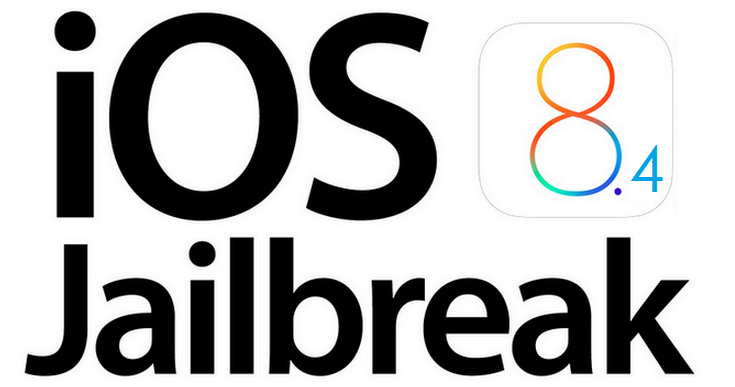TaiG 8.1.3-8.x Untether v2.2.1 released: How to fix setreuid security flaw on jailbroken iOS 8.4 device

The TaiG jailbreak developer team has rolled out a couple of security and bug-fix updates via TaiG 8.1.3-8.x Untether v2.2.1 for its untethered jailbreak (v2.2.0) on iOS 8.4.
Those who have already jailbroken their device on iOS 8.4 with TaiG 2.2.0 and do not wish to re-jailbreak their device can go ahead and install the fix for setreuid security flaw using TaiG 2.2.1 untether update via Cydia.
However, iOS 8.4 users who have already jailbroken their device with the latest version (v2.2.1) of TaiG's jailbreak tool can skip this untether fix, as the jailbreak tool would have automatically installed it.
Note: If CyDown and Cydia Enable are previously installed on your iOS device, it is recommended that you update them to the latest versions, before installing the 2.2.1 update for TaiG. If you fail to do so, it may result in Cydia crashes after updating to TaiG 2.2.1
Here is how you can update your jailbroken iOS 8.4 device to TaiG 2.2.1 untether package via Cydia:
- Launch Cydia and wait until all the packages are loaded completely
- Select Sources > Edit and tap Add. You can now add the following repositories (repo):
apt.3kzhushou.com
apt.taig.com
- Note: The TaiG 2.2.1 update is not yet available on Cydia's default Telesphoreo repo. Once it becomes available you no longer have to add the two repo sources.
- Once you have added the two repos to Cydia Sources list, just search for TaiG 8.1.3-8.x Untetherv2.2.1 package and update to it.
- Wait until the update is installed. The existing iOS 8.4 jailbreak on your iOS device should get the 2.2.1 upgrade along with the critical setreuid patch to prevent unauthorised root access to third-party Cydia apps.
You may also check out our step-by-step guides to jailbreak iOS 8.4 with TaiG 2.2.1:
How to jailbreak iOS 8.4 untethered with TaiG 2.2.1 on Windows
[Source: Redmond Pie]
© Copyright IBTimes 2025. All rights reserved.






















